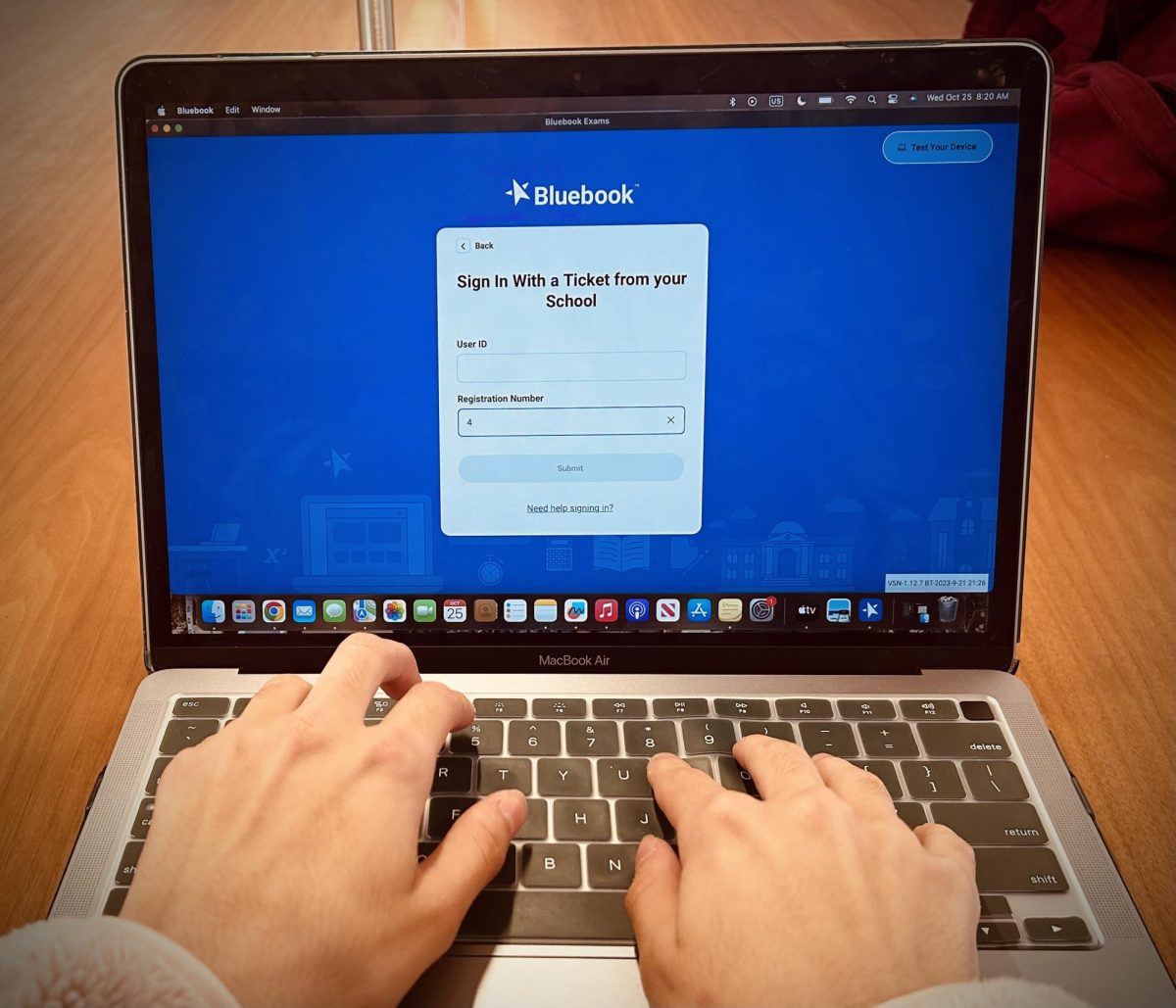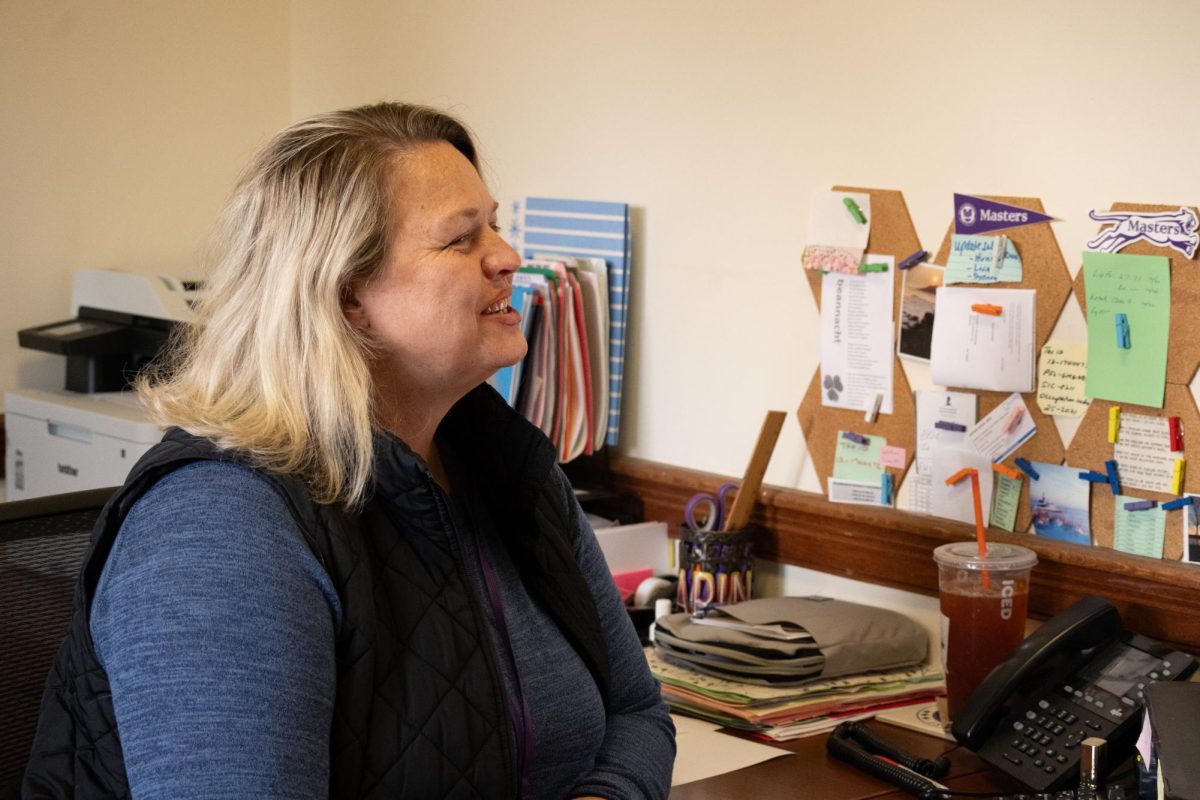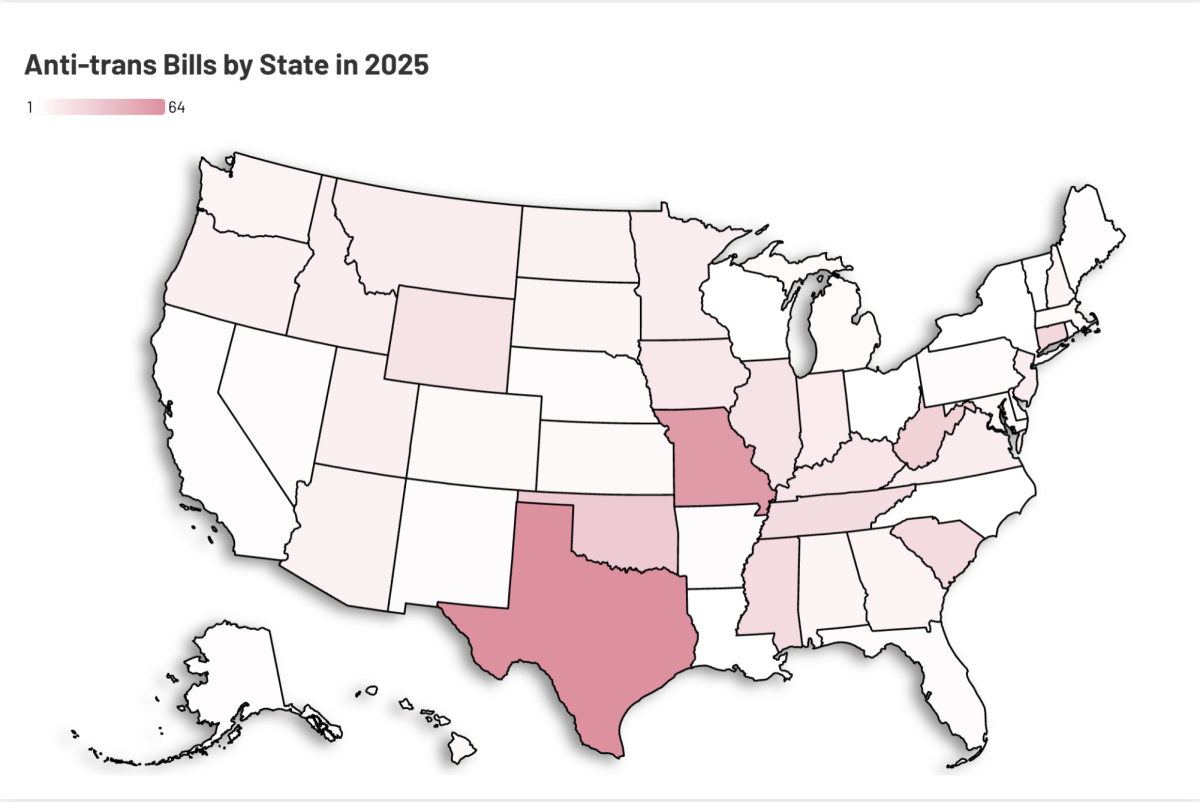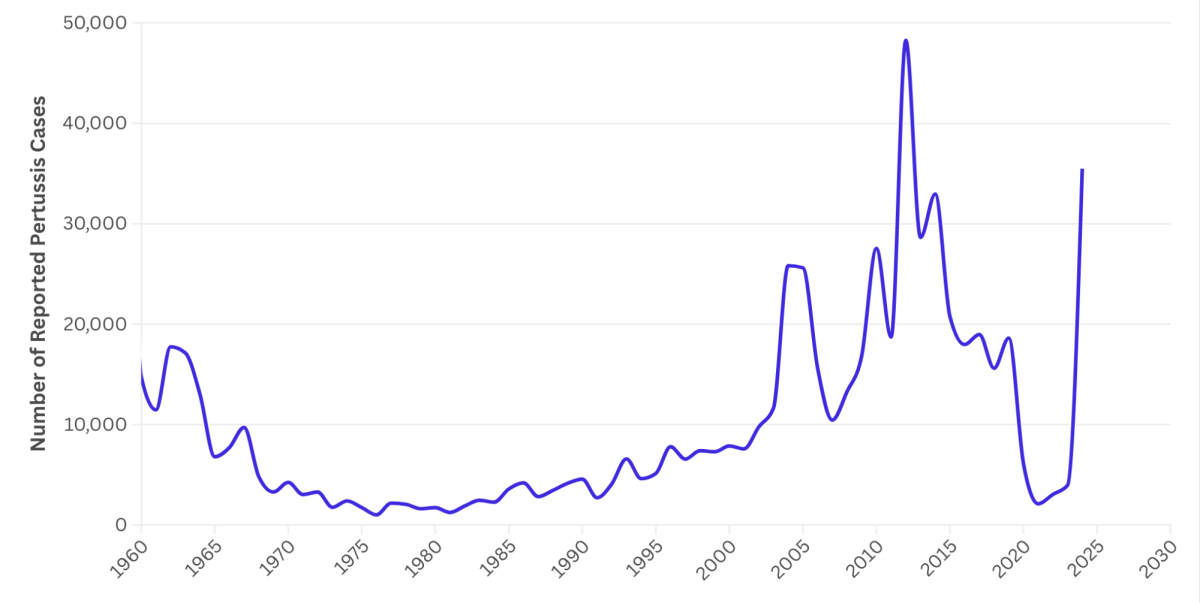In recent years, the world of standardized testing has changed dramatically. Technology has improved and a need for more reliable and efficient testing has been brought to light. Sitting at a desk and filling in little bubbles for three hours no longer works for everyone.
This year, The Masters School implemented a mandatory digital PSAT or Preliminary Scholastic Aptitude Test for all participating sophomores and juniors. Director of College Counseling Adam Gimple explained, “[The College Board] announced that starting in the fall of 2023, the PSAT would be a digital format only unless you have accommodation that would allow you to use pencil and paper.”
In fact, Gimple said that The College Board pivoted to the digital format “to be contemporary and in line with how students navigate this period of their lives.”
On Oct. 7, sophomore Roni Barken logged into her computer to participate in a practice session for the digital platform. “I actually had a pretty good experience with it,” Barken recalled. “My [online] proctor was very, very good with questions and she got to us very quickly.”
Barken explained that the test consisted of two sections: English and math, each with two parts. While this format is the same as the pen and paper test, the digital platform allows students a ten-minute break between sections. Additionally, the platform had a number of features such as being able to cross out answers and a Desmos graphing calculator. “Now that I know what to expect, I’m feeling a lot better,” Barken said after her practice session.
Ten days later, over 250 students with standard time from the sophomore and junior classes gathered in the Fonseca Center gym to take the official PSAT. Those with extra time accommodations were split between a number of rooms on campus. Numerous faculty and staff acted as proctors for the test, helping students navigate the new platform. Students were allowed their own pencils, paper, and calculator, but were required to bring a charger for their device. After a lengthy explanation of how the test worked, each student entered the start code, and the test began.
After finishing the test, junior Lydia Chioffi said, “[the digital PSAT] was a better representation of what we know because there’s different tests for different people based on what you know.”
“It’s a smarter-built test,” Gimple said. Standardized testing has finally entered the digital age, and The Masters School has followed along with the shifting tides.




















